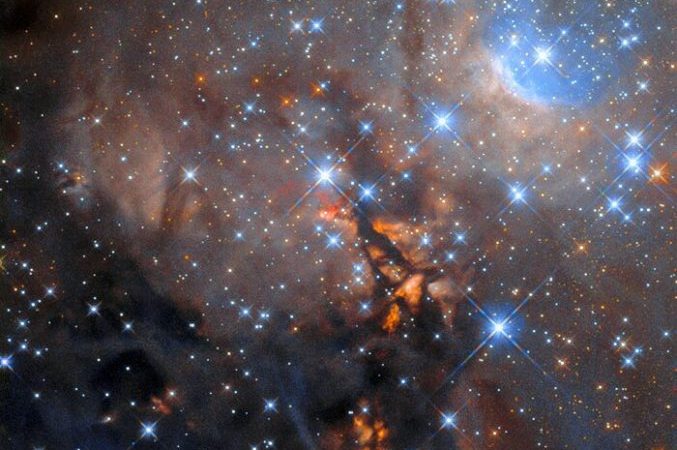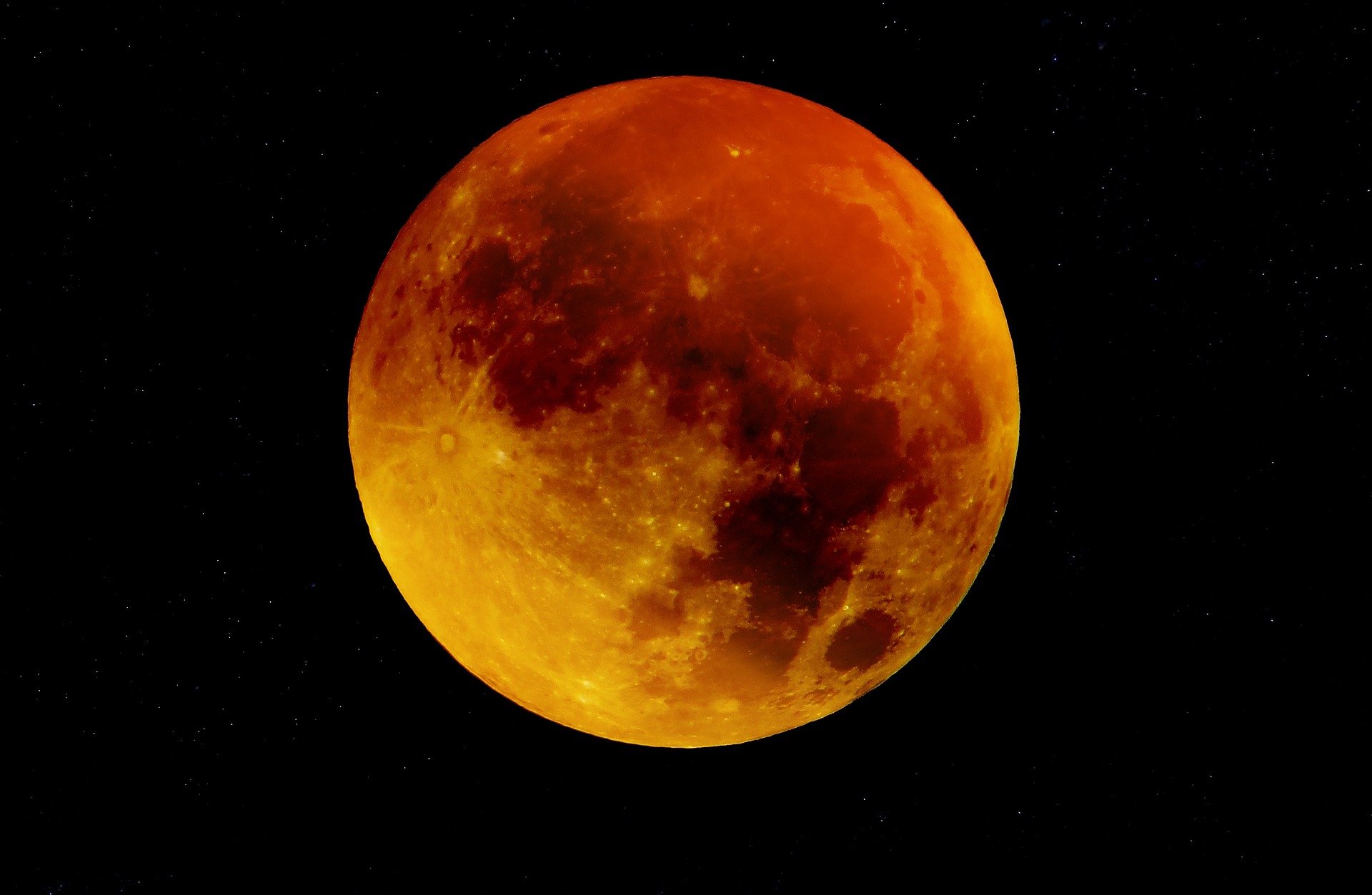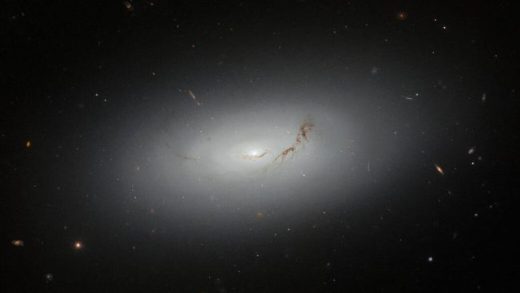Hubble’s latest snapshot illuminates a radiant stellar nursery

Hubble Space Telescope’s Wide Field Camera 3 instrument has recently photographed a radiant stellar nursery, revealing the presence of OH 339.88-1.26, a massive protostar shrouded behind dust and gas-laden clouds, situated approximately 8,900 light-years away in the Ara constellation.
During the protostellar phase, stars are in the process of amassing mass from their parent molecular clouds. OH 339.88-1.26, despite its youthful age, boasts an astonishing mass approximately 20 times that of our Sun, according to the European Space Agency (ESA).
“Winding lanes of dark dust thread through this image, which is also studded with bright stars crowned with criss-crossing diffraction spikes,” ESA officials said in a statement. At the image’s core lies OH 339.88-1.26, concealing an astrophysical maser – a naturally occurring source of stimulated spectral line emission, akin to a laser, emitting coherent microwave wavelengths, the statement reads.
According to astronomers, the Hubble image can contribute to an initiative aimed at comprehending the essence and genesis of protostars like OH 339.88-1.26 by scrutinizing regions where massive stars originate. Furthermore, the research is not exclusive to Hubble; it benefits from observations gathered by the Atacama Large Millimeter/submillimeter Array (ALMA) in Chile and the Stratospheric Observatory For Infrared Astronomy (SOFIA).
ALMA, with its 66 high-precision antennas, spanning up to 10 miles, stands as the largest operational ground-based astronomical project globally, enhancing our understanding of these celestial phenomena.


